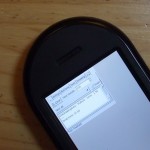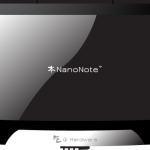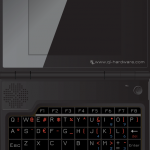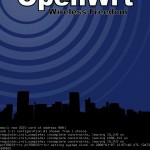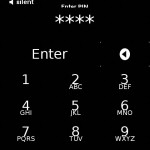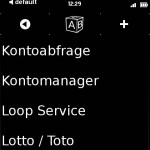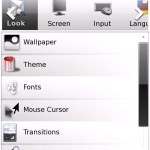Long time no news…
some things happened which weren’t worth a particular post (or I was just too lazy), so I’ll try to summarize of a few things which happen(ed):
== tech stuff
OpenWrt is still my focus – the qt4 package now got libX11 support (besides DirectFB / linuxfb, both accessed by the QWS-part) – thanks a lot to Michael Büsch at this point!
I’m also very interested in the new features of qt4.7 – especially the declarative UI part of qt4.7 called QML – an approach of designing UIs in a declarative way, means, from the UI’s point of view (more in the mentioned links above).
I’m curious about how/whether it can/will be used/accepted by “native” designers to write fully functional GUI applications.
It’s approach is looking quite promising to me – the language style as well as the implementation – really curious about how it’ll do on embedded devices without graphics acceleration. After some talks to qt developers GL support is not required; a number of animations, effects and transitions were optimized for software processing and should be even smoother than rendered via GL.
First usecase is going to be a picture frame, which has the same SoC built in (Ingenic JZ4740) as the NanoNote and therewith is pretty well supported.
The picture-frame is an ID800WT manufactured by Sungale.
Before somebody is going to think, whether I want to promote/support/recommend this brand/product:
From the board layout’s point of view it is the worst product sold in Germany I’ve ever seen! And it’s too expensive! And the company violates the GPL!
Take a look at the board by yourself:

The USB Wifi-stick got hot-glued onto the board, it seems they even unsoldered the USB-socket manually (because it looks really charred all around) and connected it with some random wires to a SMD-chip which in fact is an USB-hub. Around there’s hot-glue all around, partially charred, partially way too much. This is really the worst in Germany sold product ever!
However it serves the purpose – has supported wifi (atheros), an 800×600-display, a touchscreen, USB-host, etc.
After my holidays I’ll try to evaluate and play around with qt4.7-features on that device on top of OpenWrt.
== trips
After almost one week spent in Croatia, Split, participating at the “nothing will happen” conference – which was really amazing and organized by very nice people – I’m going to travel to Bali for one month, leaving in two days.
Actually I wanted to go to Burma (Myanmar), however I mixed them up and booked my flight to Bali, Indonesia… anyway – more beach and sea this time…
This is going to be my third trip to Asia and I’m really looking forward to it – this time for holiday, backpacking without any fixed plans.
Actually I also didn’t want to take a computer with me – still I bought an EeePC 1015. Resolution is disappointing, however price, weight, battery life (about 8 fucking hours!) and site serve the purpose of just having a terminal perfectly.
See you there 🙂

